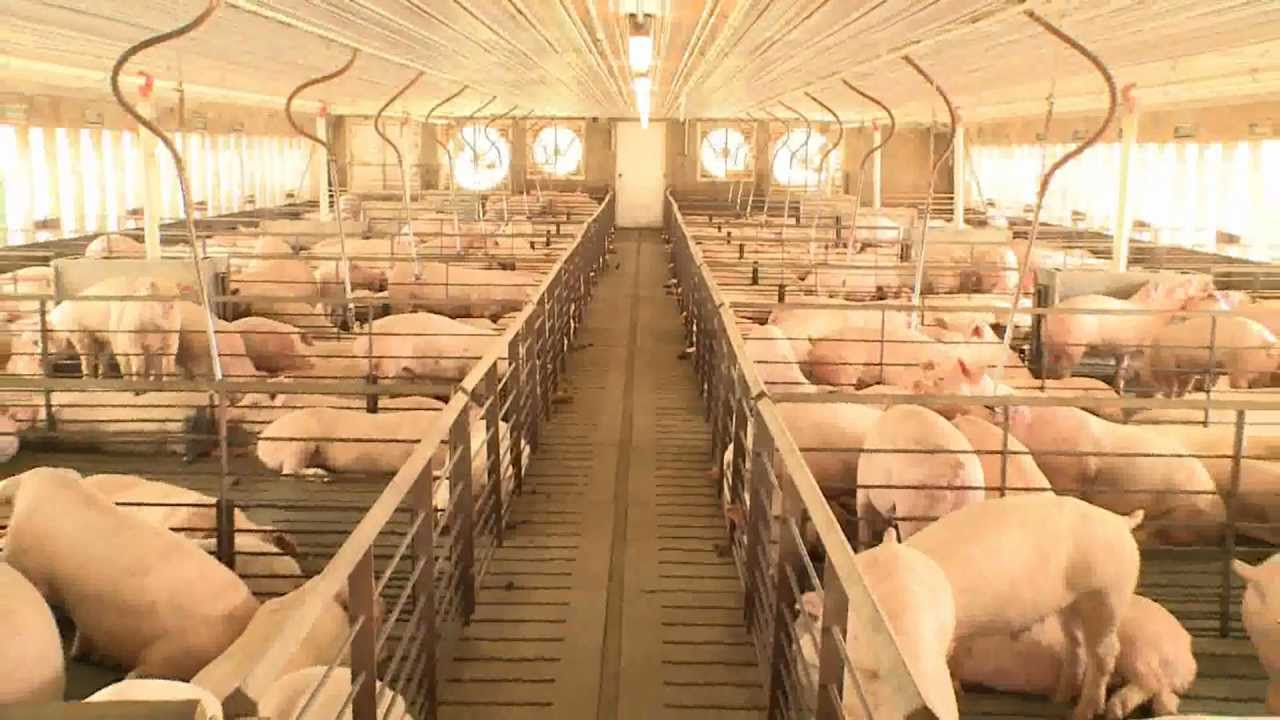USDA updates Chinese pig farming projections

The US Department of Agriculture (USDA) recently updated its estimates for the global meat sector in 2024. For pig farming, the main data come from China, as it is the world’s largest producer, consumer and importer. The first piece of data that draws attention is the estimate for China’s pig herd for the end of this year, estimated at 405.00 mln head, a decline of 6.73% compared to the 434.22 mln head registered at the end of 2023. Compared to the 452.56 mln head at the end of 2022, the herd has declined by 10.51%.
The decline in the herd is due to the strong pace of slaughter, with USDA expecting to close 2024 with 715 mln head, down 1.60% from last year, when it reached 726.62 mln head. Weak prices throughout the supply chain and flat profitability are factors that lead to this scenario of slaughter, with small producers increasing sales to avoid losses, resulting in a greater supply of meat in the interior of the country. The trend is that at some point in 2025, the supply in the country will be more balanced and investments in livestock will increase, especially among large producers, that is, the trend is for more professional production and a higher level of productivity.
Given the aforementioned figures, China’s production will even decline this year, reaching 56.75 mln tons compared to 57.94 mln tons in 2023, but at a high level, being the third-largest volume in the country’s history. The main point that ends up creating a challenging scenario for price evolution in the interior of China is consumption, which has been suffering due to the slowdown in economic activity. China’s GDP grew 4.7% in the second quarter of 2024, compared to the same period last year, against market expectations of 5.1%, which already had a pessimistic tone. Household confidence in consumption is weakened due to uncertainty regarding employment. The crisis in the Chinese real estate sector is dragging on, which poses risks to other sectors of the economy. The Central Bank of China has adopted monetary easing measures, reducing interest rates to make credit cheaper, but such measures do not bring immediate results.
With uncertainty in the economy, it is natural for the population to look for cheaper food options. China’s pork consumption in 2024 was estimated at 58.15 mln tons, compared to 59.74 mln tons last year, a decrease of 2.66%. The slowdown in consumption is greater than that in production, and as a result, the Chinese need to import has decreased, which is in line with what SAFRAS has been describing over the last few months. Brazilian export figures have already shown a sharp decline. In the first half of 2024, Brazil shipped 127.48 thousand tons to China, which represents a decline of 40.57% compared to the same period in 2023, when 214.49 thousand tons were shipped, according to figures compiled by SAFRAS.
USDA pointed out that Chinese imports in 2024 should reach 1.50 mln tons, a decline of 20.93% compared to 1.90 mln tons last year, a level now similar to the period before the African swine fever crisis. The point that caught attention is that previously (April 2024), USDA projected 1.88 mln tons, now making a sharp adjustment.
Expectations now move to 2025, considering the current challenging scenario in the Asian country. At some point, the leaner herd will favor the dynamics of internal supply more incisively and may favor prices throughout the chain. However, the big issue is domestic consumption, a variable that is influenced by the country’s economic activity, which deserves to be closely monitored. An adverse economic scenario tends to negatively impact consumption and keep the yuan devalued, which favors China’s trade balance, that is, it is good for its exports and negative for the import impetus.
Live hog futures listed in Dalian indicate that market participants expect sustained prices to close the year but are already signaling greater pessimism about the first half of 2025. On July 31, the September/24 contract closed at 18,605 yuan per ton, while the July/25 contract closed at 15,665 yuan per ton.
Read also
Wheat in Southern Brazil Impacted by Dry Weather and Frosts
Oilseed Industry. Leaders and Strategies in the Times of a Great Change
Black Sea & Danube Region: Oilseed and Vegoil Markets Within Ongoing Transfor...
Serbia. The drought will cause extremely high losses for farmers this year
2023/24 Safrinha Corn in Brazil 91% Harvested
Write to us
Our manager will contact you soon



